Introduction to Dogecoin
Dogecoin started as a light-hearted parody of the burgeoning cryptocurrency market but has since evolved into a significant player within the digital currency space. Created in December 2013 by software engineers Billy Markus and Jackson Palmer, Dogecoin was inspired by the popular “Doge” meme, featuring a Shiba Inu dog. Despite its humorous beginnings, Dogecoin has captured the attention of a broad audience and has proven its viability as a digital asset.
Dogecoin operates on a decentralized, peer-to-peer network similar to Bitcoin and other cryptocurrencies. One of its distinguishing features is its inflationary supply model, which contrasts with Bitcoin’s capped limit. Dogecoin’s annual issuance of new coins encourages spending and tipping rather than hoarding, fostering a vibrant and active community. This community spirit is further amplified through various charitable initiatives and fundraising efforts that Dogecoin enthusiasts have supported over the years.
The online community supporting Dogecoin is notably strong and engaged, often rallying together for social causes or to boost the cryptocurrency’s profile. This communal effort has played a significant role in the coin’s sustained popularity and acceptance. Platforms like Reddit and Twitter have been instrumental in spreading the word about Dogecoin, helping to cultivate a dedicated following.
Celebrity endorsements have also contributed significantly to Dogecoin’s rise. Elon Musk, CEO of Tesla and SpaceX, has been one of the most vocal supporters, frequently tweeting about Dogecoin and referring to it as “the people’s crypto.” These endorsements have not only propelled Dogecoin into the mainstream consciousness but have also driven significant price surges. Other celebrities, including musicians and actors, have followed suit, further cementing Dogecoin’s place in popular culture.
Understanding Dogecoin’s unique characteristics and the factors that have contributed to its growth provides a foundation for exploring its market performance, including key moments like what was Dogecoin’s highest price. This context sets the stage for a deeper dive into the dynamics that have shaped Dogecoin’s journey so far.
History of Dogecoin
Dogecoin was created in December 2013 by software engineers Billy Markus and Jackson Palmer. Initially conceived as a satirical cryptocurrency, Dogecoin drew inspiration from the popular “Doge” meme, which featured a Shiba Inu dog with playful text in Comic Sans font. The creators aimed to create a fun and friendly alternative to Bitcoin, casting aside the intense seriousness that often surrounded the cryptocurrency space.
Despite its origins as a joke, Dogecoin quickly garnered a dedicated following. Its light-hearted nature made it approachable, and its mining process was more accessible than that of many other cryptocurrencies. This ease of use, coupled with a supportive community, facilitated Dogecoin’s growth in popularity. Early adopters were drawn to its low transaction fees and the rapid confirmation times for transactions, further enhancing its appeal.
Over time, Dogecoin began to be used for more practical purposes, such as tipping content creators on social media and raising funds for charitable causes. Its community has historically been known for its generosity, exemplified by initiatives like raising money to sponsor the Jamaican bobsled team for the 2014 Winter Olympics and funding clean water projects in developing countries.
The cryptocurrency’s most dramatic rise occurred in 2021, largely fueled by social media buzz and high-profile endorsements. Prominent figures such as Elon Musk and Mark Cuban publicly supported Dogecoin, leading to a surge in interest and investment. This culminated in Dogecoin reaching an all-time high market value of nearly $90 billion in May 2021. During this period, many investors were curious about what was Dogecoin’s highest price, as it became a focal point of discussions in the financial world.
Dogecoin’s journey from a meme to a significant player in the cryptocurrency market underscores the unpredictable nature of digital assets. It serves as a testament to the power of community and the impact of social media in shaping market dynamics.
Dogecoin Price and Market Performance
Dogecoin has become a prominent player in the cryptocurrency market, capturing the attention of investors and enthusiasts alike. As of the latest data, Dogecoin is priced at approximately $0.23, with a 24-hour trading volume of around $2.1 billion. Its circulating supply stands at about 131.8 billion DOGE, securing its position as one of the top ten cryptocurrencies by market rank.
Dogecoin’s highest price was recorded on May 8, 2021, reaching an all-time high of $0.731578. This remarkable surge brought Dogecoin’s market capitalization to an astonishing $18.51 billion. Despite the fluctuations in the market, Dogecoin has maintained a significant market presence, reflecting its resilience and widespread acceptance.
Analyzing Dogecoin’s quarterly returns provides a deeper understanding of its market performance. The cryptocurrency has exhibited notable volatility, with substantial gains and corrections over different quarters. For instance, the first quarter of 2021 saw an unprecedented rise, contributing to its all-time high. Historical price closing data indicates that Dogecoin has experienced various peaks and troughs, a common characteristic of digital currencies.
Dogecoin is actively traded on major cryptocurrency exchanges like Binance and KuCoin. These platforms offer liquidity and robust trading mechanisms, making it easier for investors to buy, sell, and trade Dogecoin. When selecting a cryptocurrency exchange, factors such as security, transaction fees, user interface, and customer support are crucial. Understanding trading volume is equally important as it indicates the level of market activity and investor interest.
Market trends play a vital role in influencing Dogecoin’s price movements. Staying informed about market news, technological advancements, and social media sentiments can provide valuable insights for making informed investment decisions. By comprehensively analyzing these aspects, investors can better navigate the dynamic landscape of Dogecoin and optimize their trading strategies.
Dogecoin’s journey from a meme to a significant player in the cryptocurrency world is marked by its widespread usage and acceptance. One of the most prominent ways Dogecoin is utilized is through social media platforms, where it has become a popular method for tipping content creators. Platforms like Reddit and Twitter have seen a surge in users sending Dogecoin as a token of appreciation, fostering a culture of generosity and community support. This practice not only highlights Dogecoin’s ease of use and accessibility but also amplifies its visibility and adoption.
Beyond social media, Dogecoin has garnered acceptance from notable companies, demonstrating its growing real-world utility. SpaceX, a leader in aerospace technology, announced plans to accept Dogecoin for a lunar mission, aptly named “DOGE-1 Mission to the Moon.” Similarly, the Dallas Mavericks, an NBA team, began accepting Dogecoin for tickets and merchandise, further legitimizing its use as a transactional currency. These endorsements by high-profile entities underscore Dogecoin’s potential to be more than just a digital asset.
The community-driven nature of Dogecoin is also evident in its philanthropic endeavors. The Dogecoin community has been involved in numerous charitable projects, such as funding clean water initiatives in Kenya and sponsoring athletes. These activities not only showcase the altruistic spirit of the Dogecoin community but also enhance its reputation and appeal among potential users and investors.
The influence of celebrity endorsements has significantly impacted Dogecoin’s market value and mainstream appeal. Elon Musk, CEO of Tesla and SpaceX, has been a vocal supporter, frequently tweeting about Dogecoin and driving substantial fluctuations in its price. Such endorsements have played a crucial role in attracting new investors and solidifying Dogecoin’s place in popular culture.
However, it is essential for potential investors to be mindful of the risks associated with Dogecoin. The cryptocurrency market is notoriously volatile, and Dogecoin is no exception. Understanding market dynamics and seeking advice from financial advisors can help mitigate potential risks and make informed investment decisions.













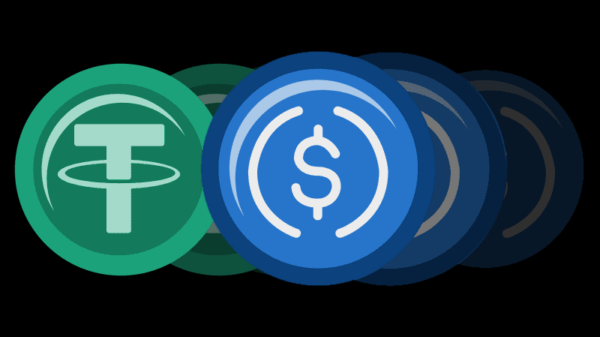





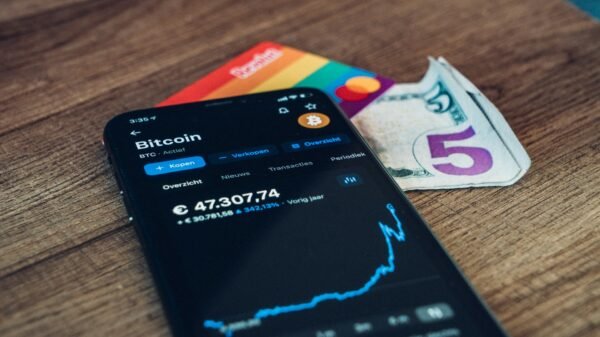
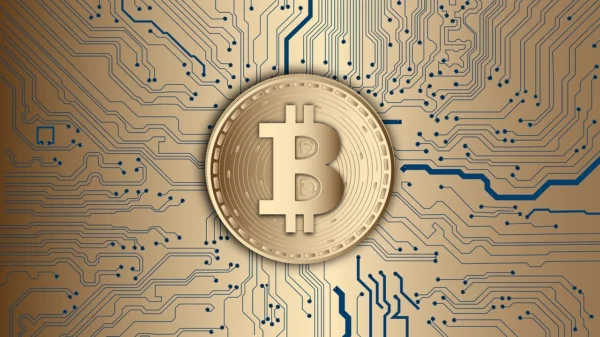


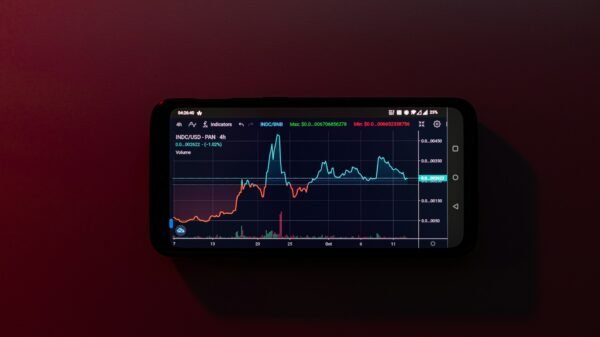
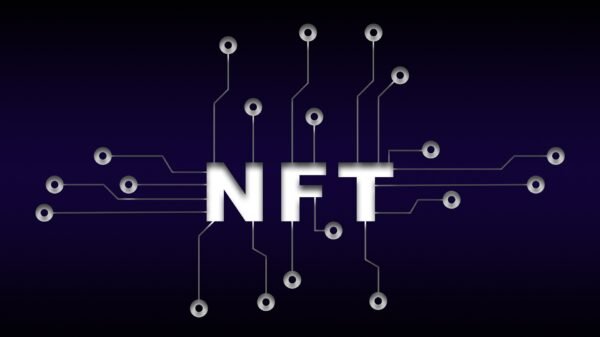



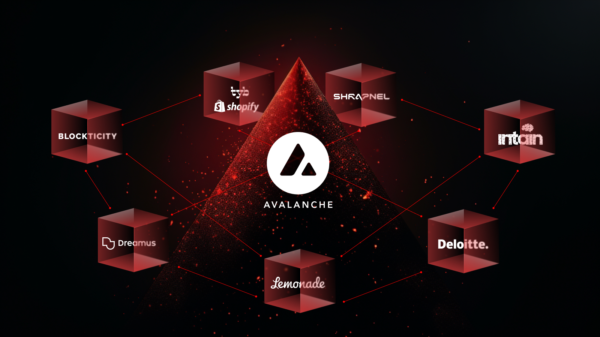




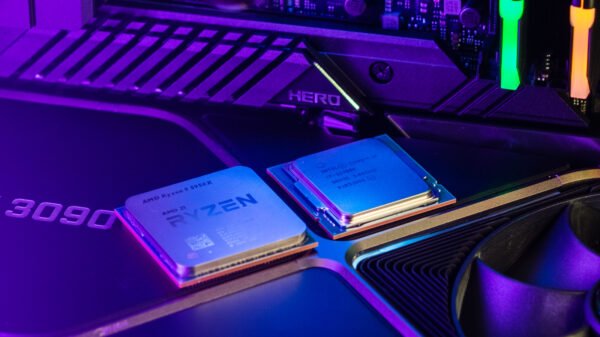
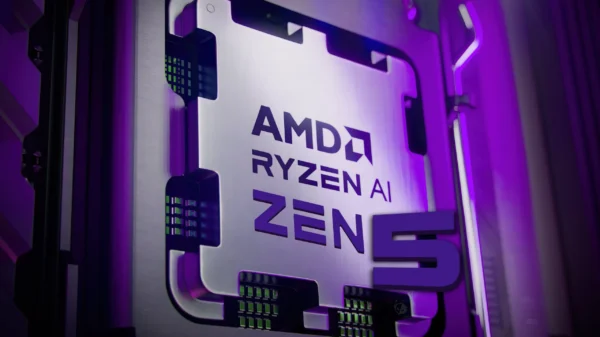




























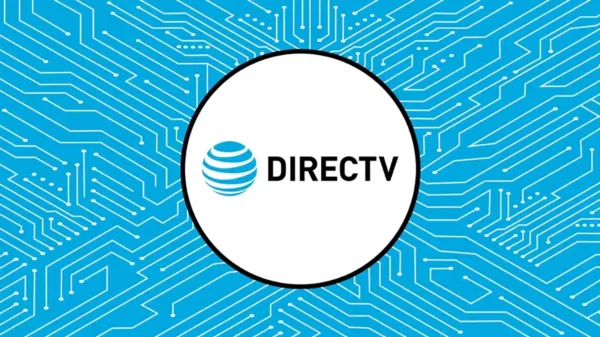
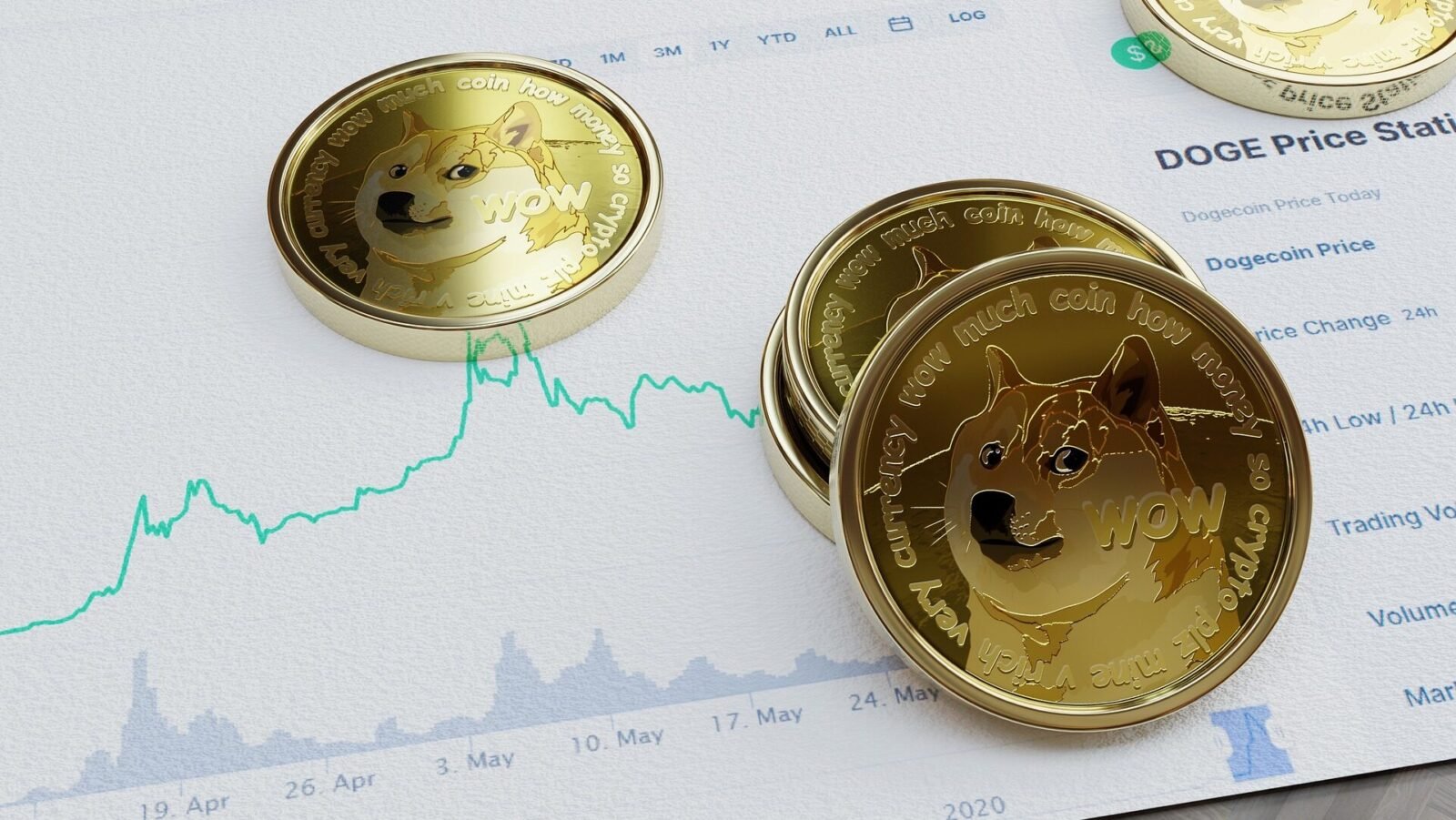






Pingback: How to Play PS5 Games on PC: A Step-by-Step Guide